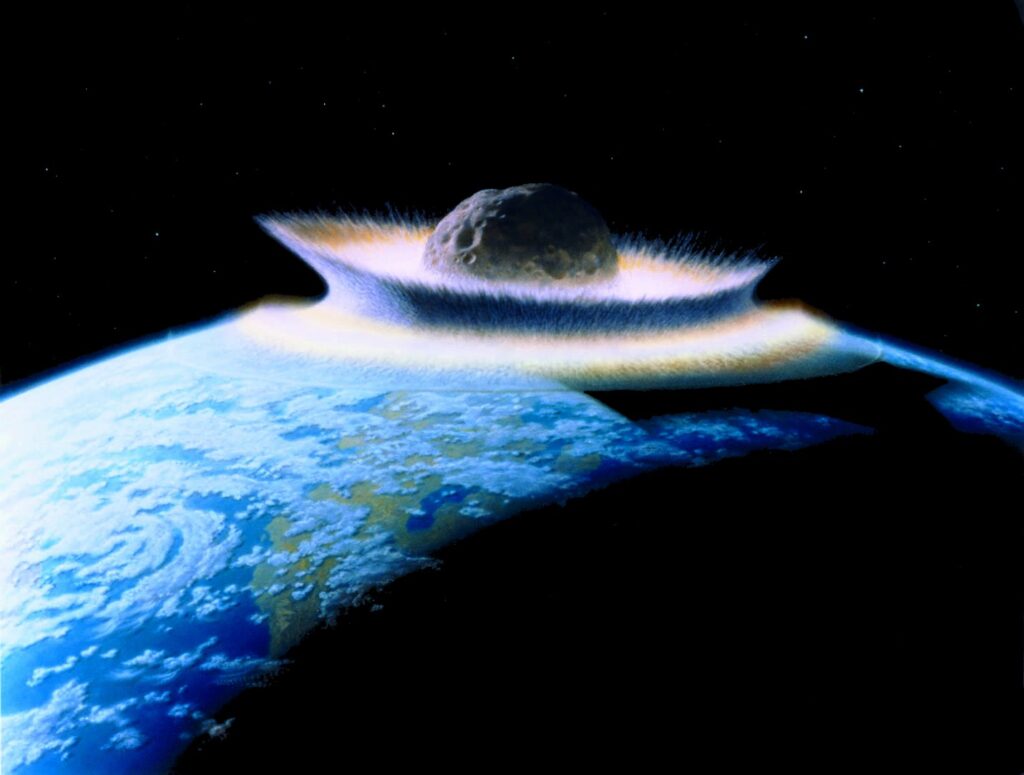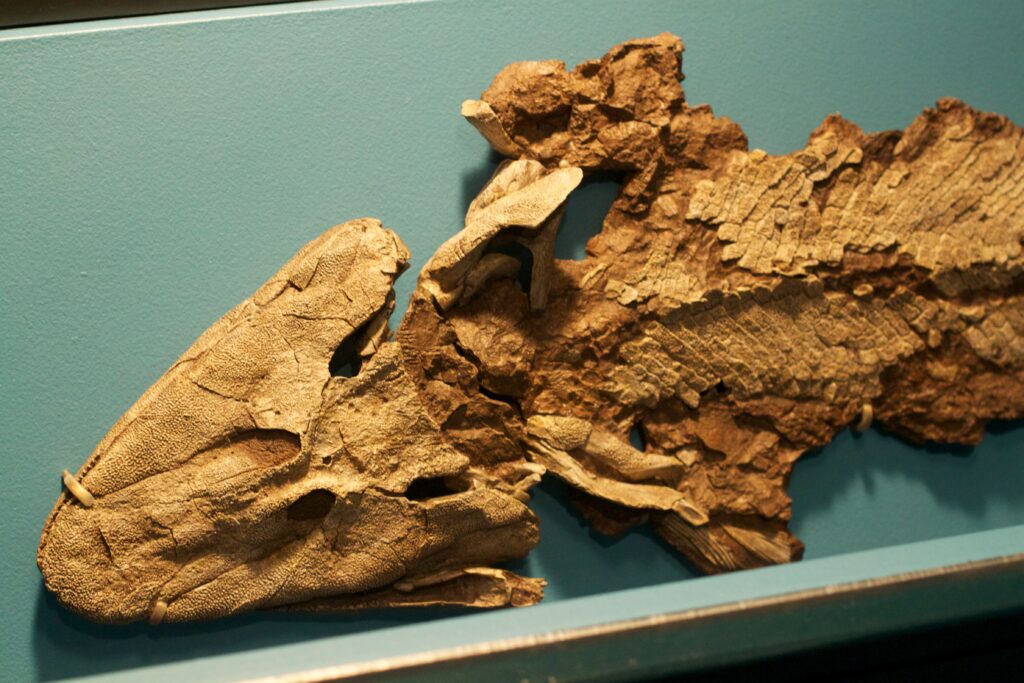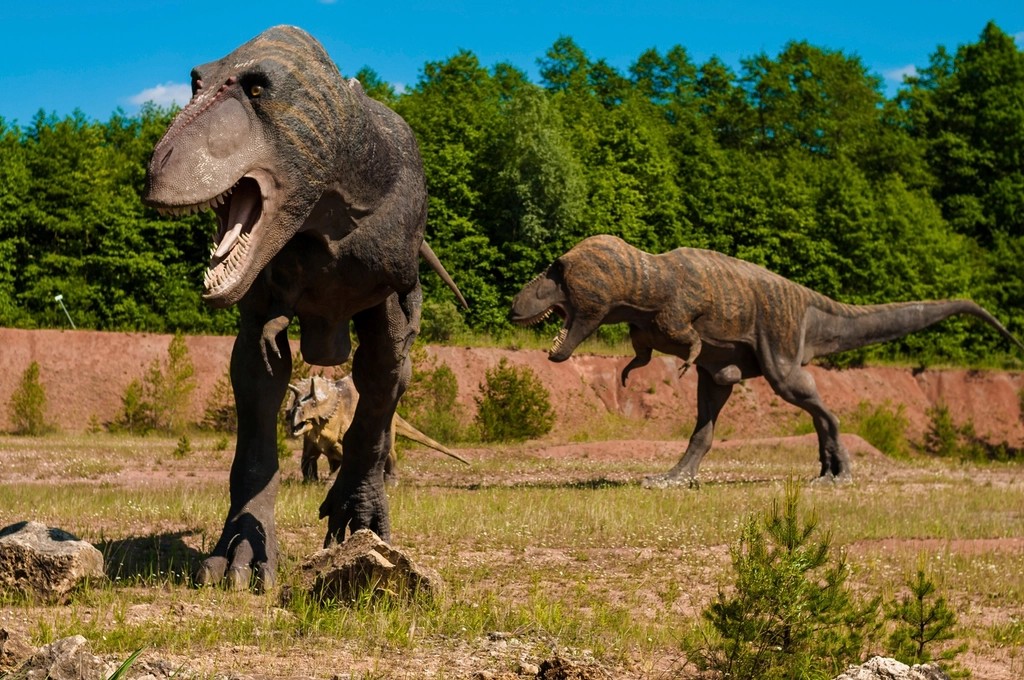You stand at the edge of one of Earth’s greatest mysteries, a story written in rock layers and asteroid dust that spans 66 million years. The Chicxulub impact represents more than just the demise of dinosaurs. It reveals how a single cosmic collision reshaped the entire trajectory of life on our planet, creating opportunities for mammals to flourish and eventually leading to your own existence.
Modern science has transformed our understanding of this catastrophic event through groundbreaking drilling expeditions, advanced chemical analysis, and sophisticated climate modeling. What you’ll discover challenges many assumptions about extinction events while revealing the intricate mechanics of planetary destruction and recovery.
The Discovery That Changed Everything
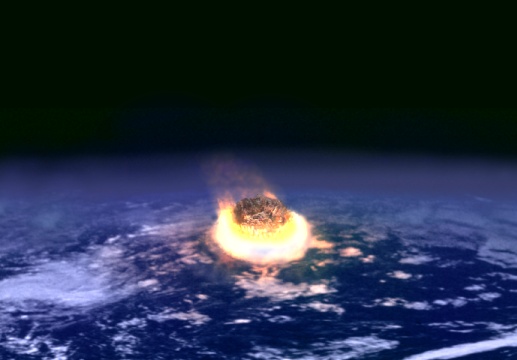
The hypothesis that an asteroid or comet impact induced the mass extinction at the KT boundary was first proposed in 1980 by a team from the University of California at Berkeley led by Nobel price laureate physicist Luis Alvarez and his geologist son Walter. This revolutionary idea emerged from a peculiar discovery in rock layers around the world.
Iridium is one of the rarest metals found on Earth. It’s usually associated with extraterrestrial impacts, as the element occurs more abundantly in meteorites. When the Alvarez team found elevated iridium concentrations at the boundary between Cretaceous and Paleogene rocks globally, they realized something extraordinary had occurred.
Very controversial at first because of its catastrophic aspect, this hypothesis was confirmed in the early 1990’s when scientists realized that the impact structure which lay buried under approximately 1 km of Yucatan platform sediments was in fact the long-sought KT boundary crater predicted by the Alvarez hypothesis. The smoking gun had finally been found.
Pinpointing Ground Zero: The Chicxulub Crater
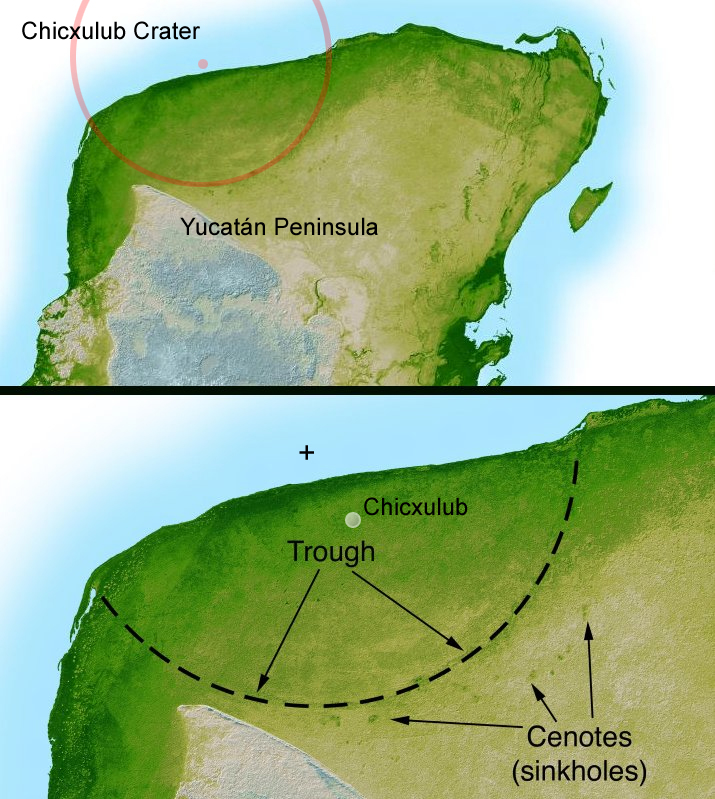
The crater was discovered by Antonio Camargo and Glen Penfield, geophysicists who had been looking for petroleum in the Yucatán Peninsula during the late 1970s. Though initially unrecognized, this discovery would prove pivotal in understanding Earth’s most famous extinction event.
The Chicxulub crater is an impact crater buried underneath the Yucatán Peninsula in Mexico. The crater is estimated to be approximately 150-200 kilometers in diameter and 30 kilometers (19 miles) in depth. It is one of the largest impact structures on Earth, alongside the much older Sudbury and Vredefort impact structures, and the only one whose peak ring is intact and directly accessible for scientific research.
The impact site, known as the Chicxulub crater, is centred on the Yucatán Peninsula in Mexico. The asteroid is thought to have been between 10 and 15 kilometres wide, but the velocity of its collision caused the creation of a much larger crater, approximately 150 kilometres in diameter. It’s the second-largest crater on the planet.
The Asteroid Itself: A Cosmic Mudball

The asteroid was huge – likely between 6 and 9 miles (9.7 and 14.5 kilometers) in diameter. Recent research has revealed fascinating details about its composition and origin that paint a vivid picture of this cosmic destroyer.
The dino killer was a rare clay-rich mudball containing materials from the dawn of the solar system, the findings suggest. Therefore, the asteroid that killed the dinosaurs was probably a carbonaceous chondrite, an ancient space rock that often contains water, clay and organic (carbon-bearing) compounds. While carbonaceous chondrites make up the majority of rocks in space, only about 5% of the meteorites that fall to Earth belong to this category.
There is broad consensus that the Chicxulub impactor was a C-type asteroid with a carbonaceous chondrite-like composition, rather than a comet. These types of asteroids originally formed in the outer Solar System, beyond the orbit of Jupiter. This ancient wanderer carried within it the chemical fingerprints of our solar system’s earliest days.
The Moment of Impact: Unprecedented Devastation
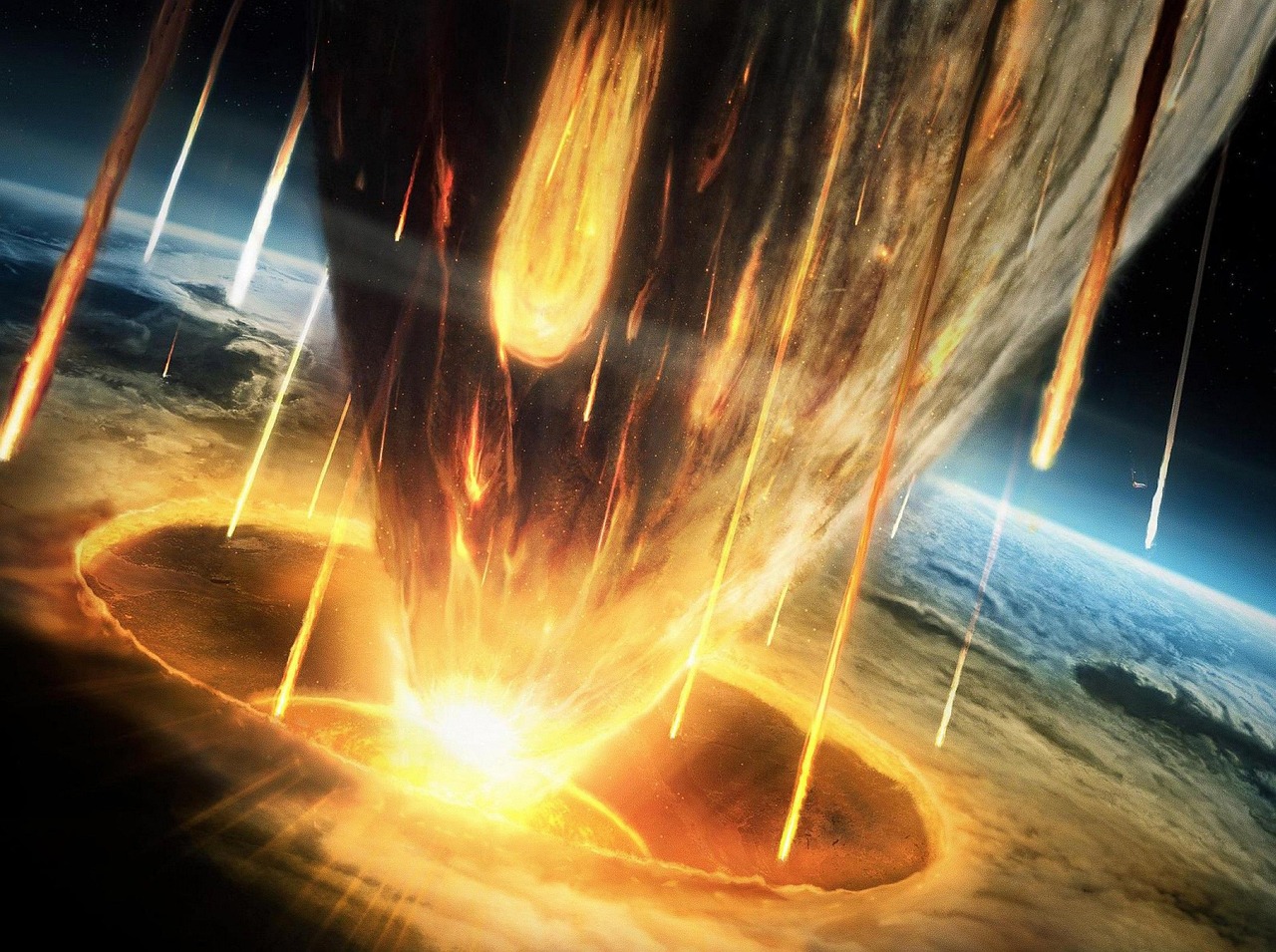
About 65 million years ago at the boundary between the Cretaceous (the last geological period of the Mesozoic) and the Tertiary eras, a large asteroid came rushing out of space at a velocity of more than 25 km per second and impacted the Earth at the tip of the Yucatan platform. The enormous amount of energy generated by this impact, equivalent to 10 thousand times the world’s nuclear arsenal, ejected into the atmosphere huge quantities of dust particles and gases.
The collision would have released the same energy as 100 teratonnes of TNT (4.2×1023 joules) – more than a billion times the energy of the atomic bombings of Hiroshima and Nagasaki. This means it hit with nearly a force of 100,000,000 MT (418 ZJ). That is over six billion times larger than the atomic bomb yield (16 kilotons, 67 TJ) that was dropped on Hiroshima during WW2.
Such an impact would have instantly caused devastating shock waves, a large heat pulse, and tsunamis around the globe. The immediate destruction was only the beginning of a cascade of global catastrophes.
Climate Chaos: The Global Impact Winter
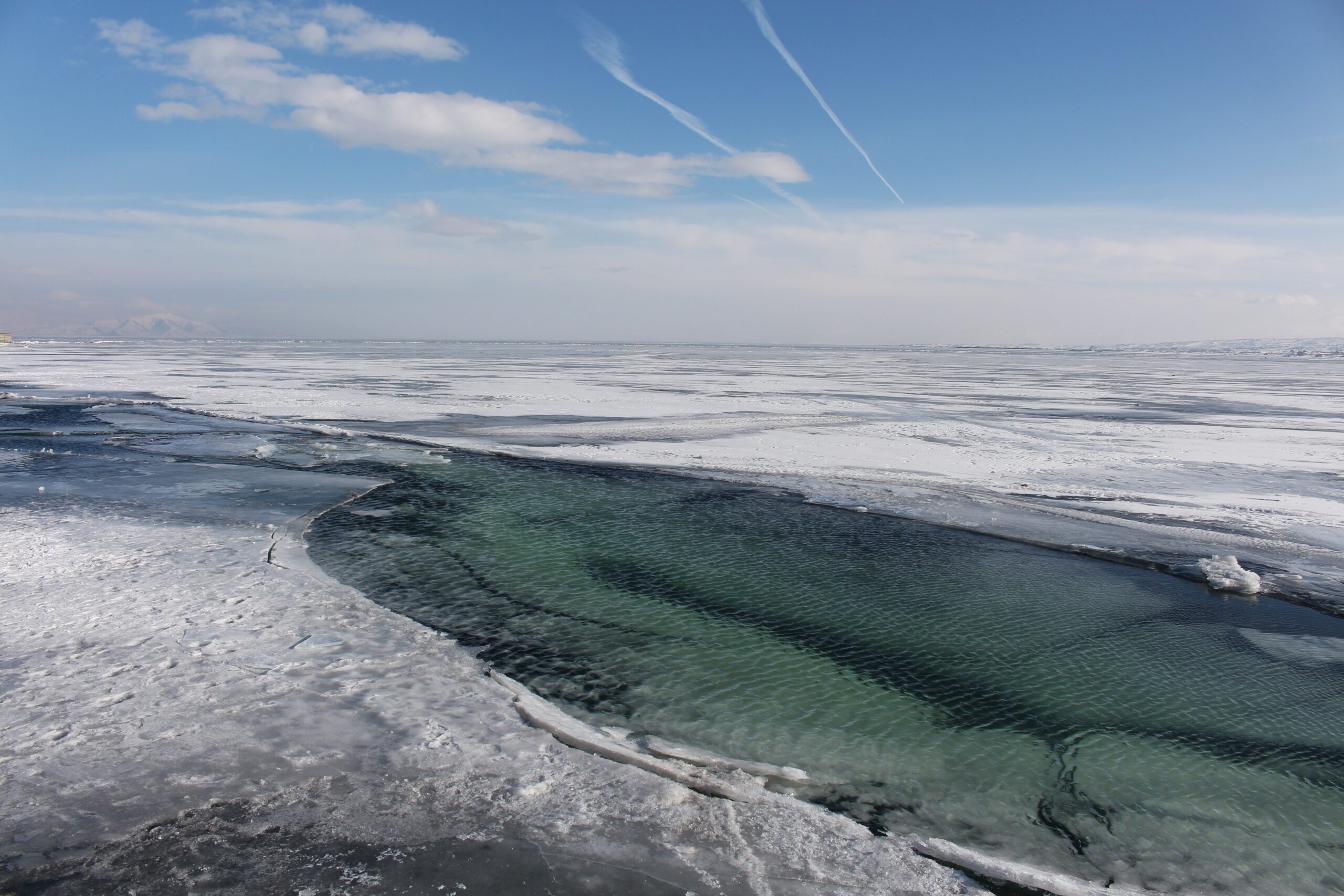
Moreover, the release of high quantities of dust, debris, and gases would have resulted in a prolonged cooling of Earth’s surface, low light levels, and ocean acidification that would have decimated primary producers including phytoplankton and algae, as well as those species reliant upon them. This triggered what scientists call an “impact winter.”
In this scenario massive amounts of debris injected into the atmosphere would block some of the Sun’s radiation for an extended period of time and lower the mean global temperature by as much as 20 °C after a year. The study shows that fine particles kicked up from the impact may have blocked the sun and prevented photosynthesis for up to two years.
Recent studies have shown that this impact at the Yucatan Peninsula heated the hydrocarbon and sulfur in these rocks, forming stratospheric soot and sulfate aerosols and causing extreme global cooling and drought. Release of gas from the Chicxulub impact is connected to cooling of over 20 degrees Celsius, with sub-freezing temperatures for three years.
The Extinction Cascade: Life Under Siege
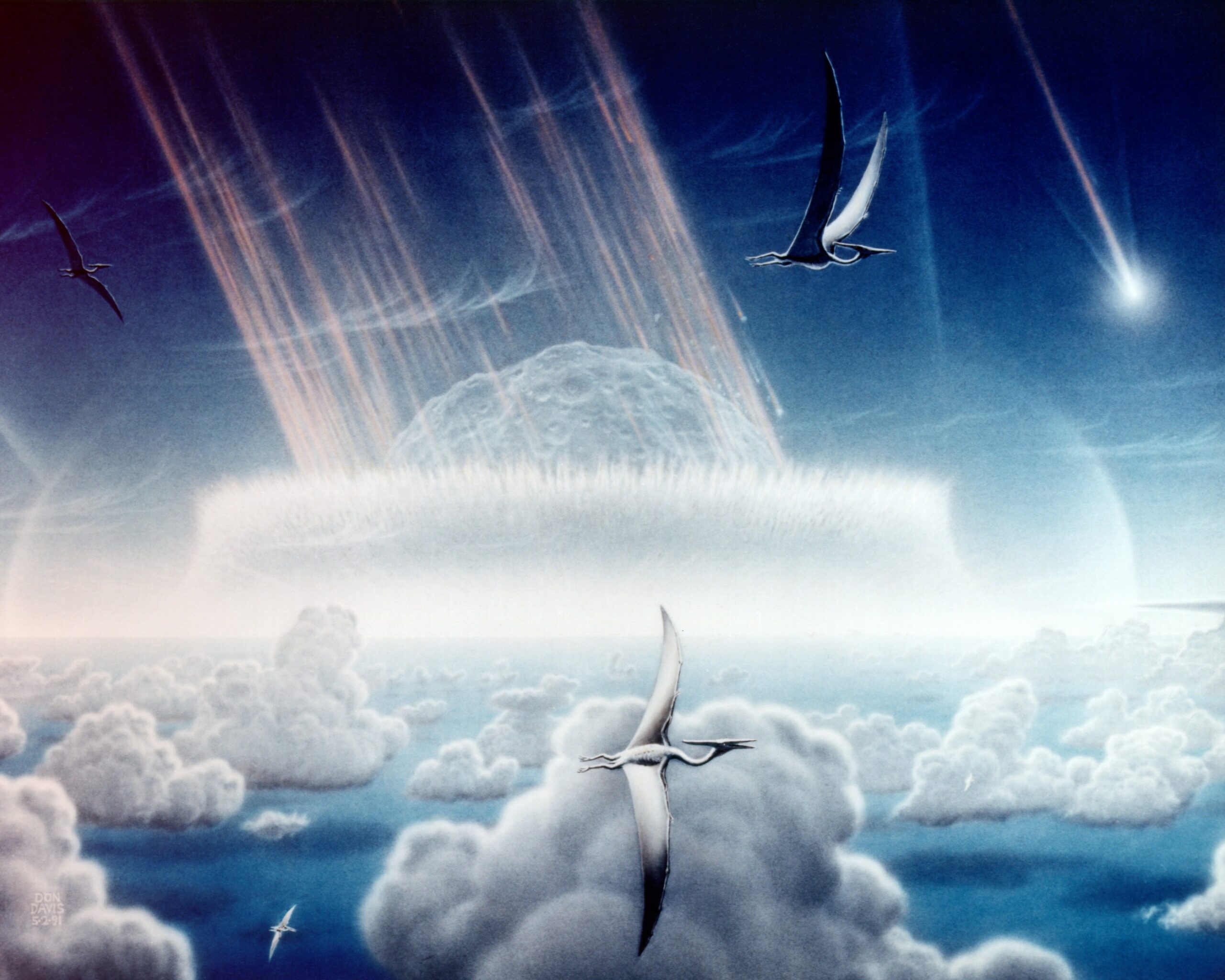
It is now widely accepted that the devastation and climate disruption resulting from the impact was the primary cause of the Cretaceous–Paleogene extinction event, a mass extinction of 75% of plant and animal species on Earth, including all non-avian dinosaurs. The scale of destruction was staggering yet selective.
But all land animals weighing over 25 kilogrammes died out. All of the non-bird dinosaurs died out, but dinosaurs survived as birds. Some types of bird did go extinct, but the lineages that led to modern birds survived. This size-selective extinction pattern reveals crucial insights about survival strategies during global catastrophes.
During the Cretaceous extinction event, plants were less affected than animals because their seeds and pollen can survive harsh periods for longer. After the dinosaurs’ extinction, flowering plants dominated Earth, continuing a process that had started in the Cretaceous, and continue to do so today. The botanical world proved remarkably resilient compared to large animals.
Revolutionary Drilling Discoveries: The 2016 Expedition

In 2016, International Ocean Discovery Program Expedition 364, with support from the International Continental Scientific Drilling Program, drilled into the peak ring of the Chicxulub impact structure, famous for its causal link to the mass extinction at the end of the Cretaceous. This expedition represented a watershed moment in understanding the impact’s mechanics.
Burrowing into the impact structure responsible for the demise of the dinosaurs, a team of researchers has achieved one of its main goals, with rocks brought up from 670 meters beneath the sea floor off the coast of the Yucatán Peninsula. These core samples contain bits of the original granite bedrock that was the unlucky target of cosmic wrath 66 million years ago, when a large asteroid struck Earth, blasted open the 180-kilometer-wide Chicxulub crater, and led to the extinction of most life on the planet.
The nearly 100% core recovery, high quality of the recovered core, completeness of the early Paleocene, and successful wireline logging campaign represent a great success. Nearly 830 meters of core were recovered from a depth of ~506 meters beneath the sea floor to ~1,335 meters beneath the sea floor. The rock core contains samples of the granitic crust of the Yucatán, impact melt, impact melt-bearing polymict breccias, and post-impact sediments.
Peak Ring Formation: Unlocking Crater Mechanics
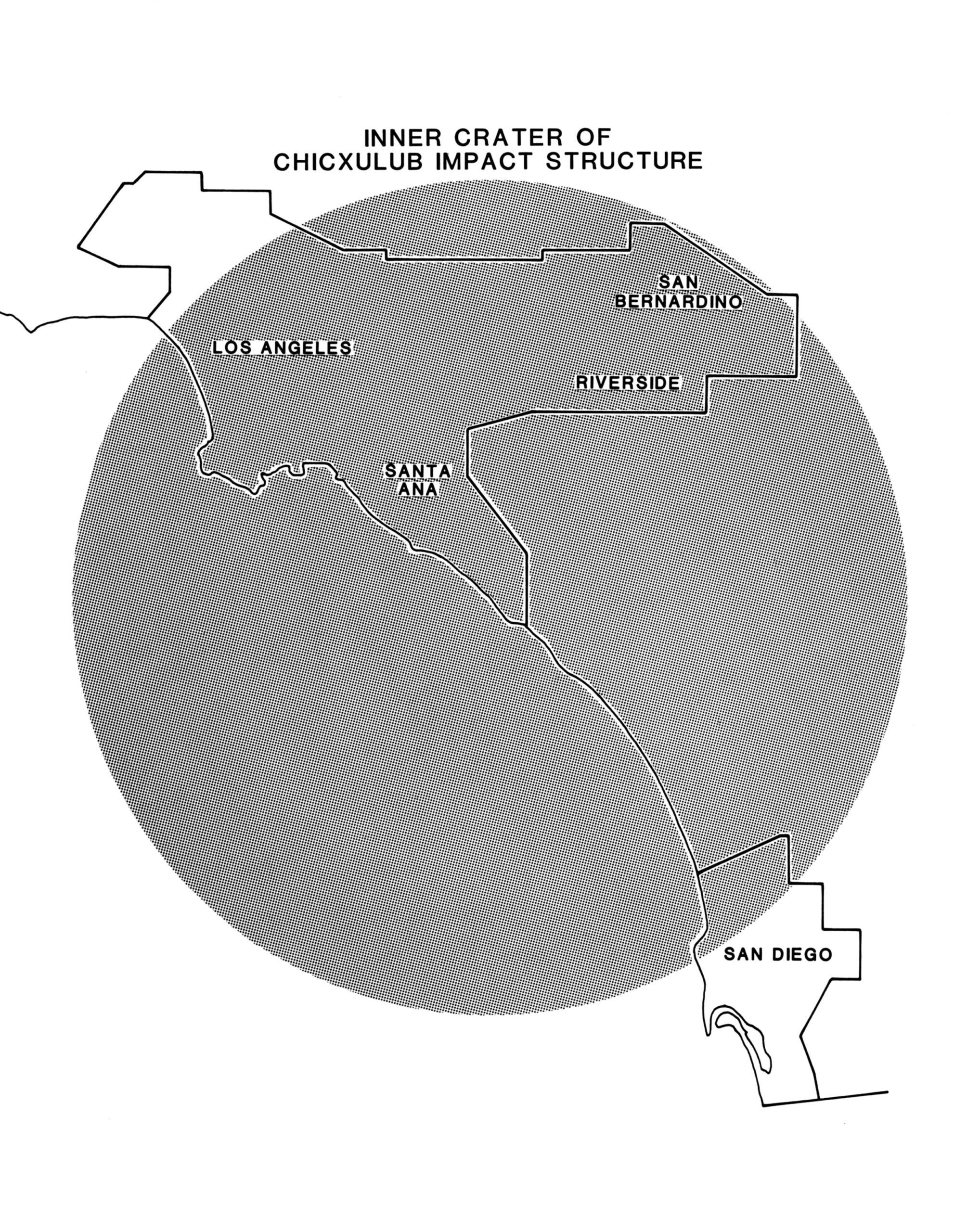
Their discovery of shocked, granite rocks from deep in the crust placed “out of order” on top of sedimentary rocks validates the dynamic collapse theory of formation for Chicxulub’s peak ring, the scientists says. This finding revolutionized understanding of how massive impact craters form across the solar system.
Peak rings, as seen on the Moon, form when rocks rebound into a peak inside the crater. The peak then collapses, leaving a center ring of rock within the larger crater. The IODP-ICDP borehole data indicate that the peak-ring morphology of the Chicxulub crater was produced by the dynamic collapse of an uplifted central peak. Drilling also confirmed that the peak ring at Chicxulub consists of granite, brought up from mid-crustal depths.
The core samples show how fast changes took place in the crater – from this massive collision to the uplifting of a mountain chain in 90 seconds to the deposition of tens of meters of rock on top of that within a matter of months. The impact liquefied rock and lifted up earth, forming a new underwater mountain chain called a peak ring within seconds. These timescales boggle the mind with their rapidity and violence.
Chemical Fingerprints: Confirming the Smoking Gun
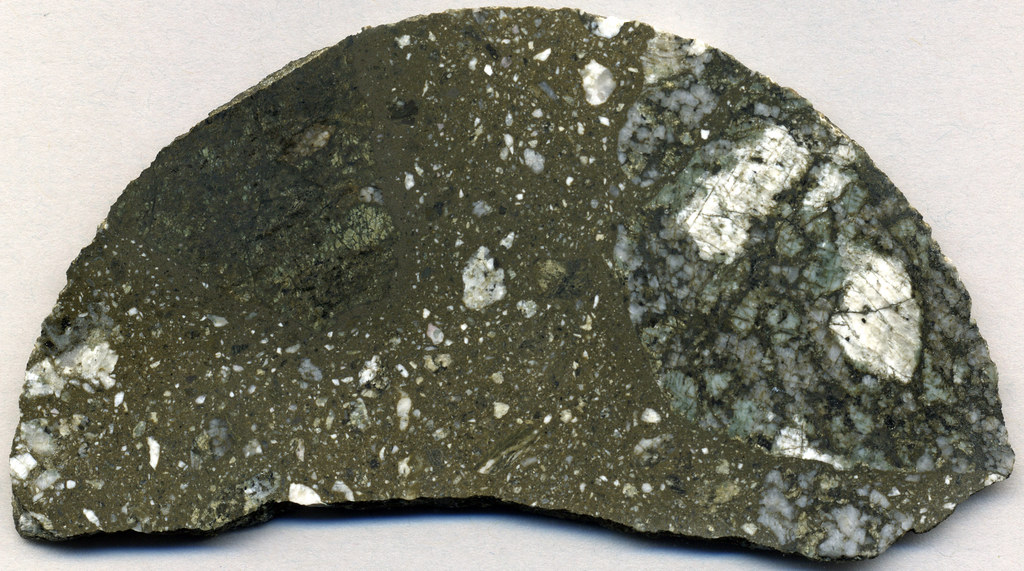
Rock core samples from Chicxulub Crater contain high concentrations of iridium, a rare element on Earth but abundant in asteroids, confirming the crater’s role in the extinction event. The iridium-rich samples, analyzed by multiple independent laboratories, also contain a mixture of impact ash and ocean sediment, providing further evidence linking the crater to the asteroid impact and subsequent mass extinction.
It comes in the form of iridium, which is common in some types of asteroids, yet rare in Earth’s crust.The researchers found the highest concentration of iridium-peppered rock, which also contains a mixture of ash from the impact and ocean sediment, within a sample taken from the crater’s peak ring. This sample likewise shows elevated levels of other elements commonly associated with asteroids, resulting in a chemical fingerprint that resembles the asteroid dust found around the globe in the 1980s, and precisely matches the geological location of the impact itself.
We combined the results from four independent laboratories around the world to make sure we got this right. We are now at the level of coincidence that geologically doesn’t happen without causation. The evidence has reached an unshakeable level of scientific certainty.
Life Returns: Recovery at Ground Zero

Important results include rapid recovery of life within the ocean overlying the crater, including a primary succession driven by in part by picoplankton before a transition over 100 s kyr to diversifying planktic communities, and the presence of a long-lived hydrothermal system with extant thermophilic life in the buried peak ring 66 Myr later. Life proved remarkably tenacious even at the center of devastation.
There is abundant evidence that a vigorous hydrothermal system existed in the wake of the impact with fluids flowing through the broken and melted rocks that cover the peak ring. While the crater marks the impact – infamous for causing 75 percent of life on Earth to go extinct – the team has also found that microbial life found a foothold in the crater, likely taking advantage of the chemistry and porous nature of the broken and melted rocks.
It was only around 15 million years after the non-bird dinosaurs disappear, during what’s termed the Oligocene Epoch, that we started to get really big mammals. But up until that point it’s a world filled with small animals, especially in comparison with the dinosaurs that came before them. Dinosaurs remain the largest land animals ever to have lived. The recovery took millions of years to restore large body sizes to terrestrial ecosystems.
Modern Implications: Understanding Planetary Defense
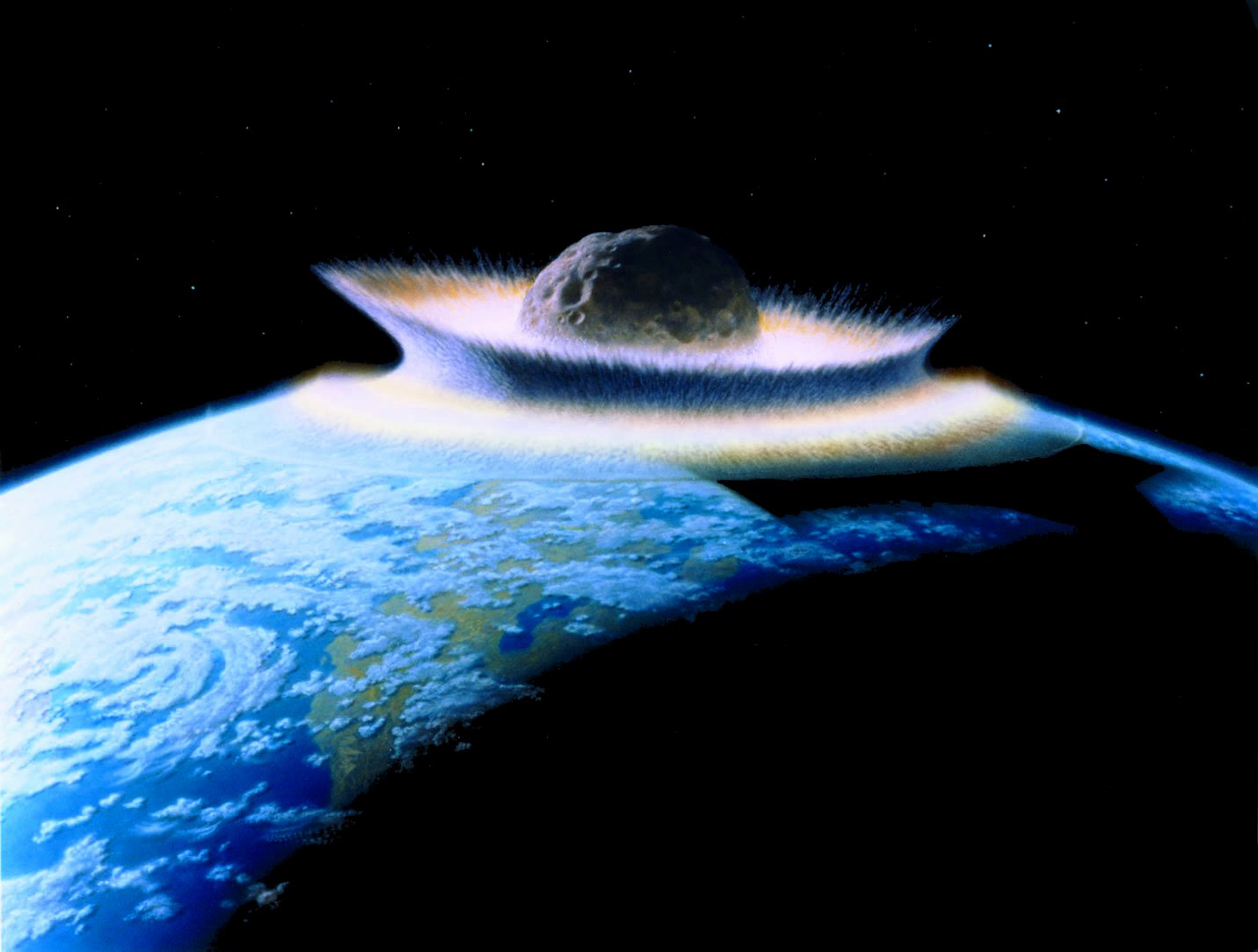
Goderis cited the 2022 DART mission, or the Double Asteroid Redirection Test, in which NASA sent a spacecraft to intentionally knock an asteroid off its course. Knowing how different types of asteroids interact with the physical forces around them would be critical for an effective planetary defense operation. Understanding the Chicxulub impactor helps prepare for future threats.
Impacts of the scale of Chicxulub happen only every 100 million to 500 million years. Extinction-level impacts on the Earth occur about every 100 million years. While rare, these cosmic catastrophes remain among the most significant threats to life on Earth.
The carbonaceous chondrite will react completely differently from an ordinary chondrite – it’s much more porous, it’s much more light and it will absorb much more of an impact if you send an object towards it. So, we need to learn about this to have a corresponding response. Each asteroid type requires different deflection strategies.
The Chicxulub impact stands as more than just the dinosaurs’ death knell. It represents a fundamental reset button for Earth’s evolutionary trajectory, clearing ecological niches that mammals would eventually fill, leading to the diverse world you inhabit today. Modern drilling and analytical techniques have transformed this ancient catastrophe from speculation into hard science, revealing the intricate mechanics of planetary destruction and renewal. The story written in those 66-million-year-old rocks continues teaching us about both our past and our planetary future. What strikes you most about this cosmic game-changer that reshaped the entire history of life on Earth?

